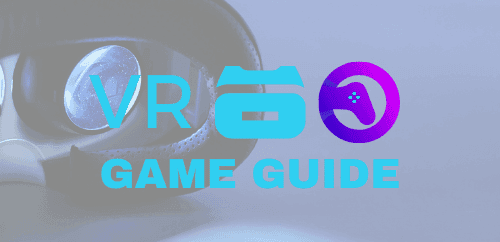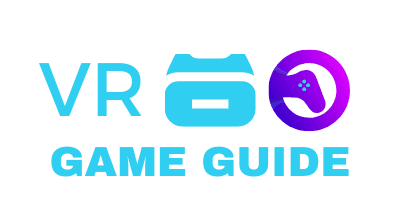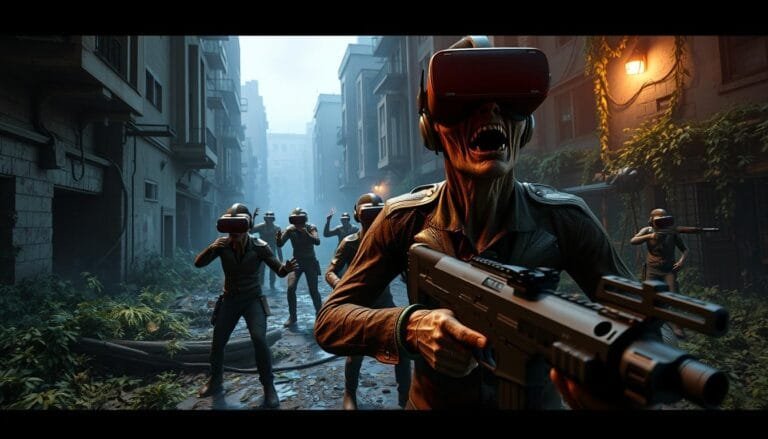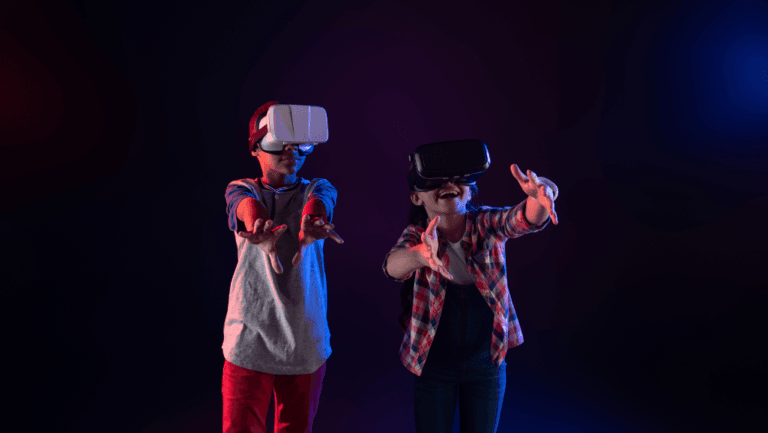As we near 2025, virtual reality is about to get a lot more exciting. We’ll see a variety of top-rated VR headsets for all budgets and tastes. From the high-end Apple Vision Pro to the budget-friendly Meta Quest 3S, there’s something for everyone.
Thanks to new tech, VR is getting more realistic. We’re talking better processors, higher resolution screens, and improved tracking. This means a more immersive experience than ever before.
Big names like Meta, Sony, HTC, and Valve are leading the VR charge. The Meta Quest 3, priced at about $500, offers great value. The PlayStation VR2, at $550, provides top-notch VR without needing a pricey gaming PC.
For the ultimate VR experience, the Valve Index VR Kit is the way to go. It costs $999 but comes with advanced features like finger-tracking controllers and a wide field of view.
Standalone VR headsets are gaining popularity fast. The Meta Quest 3S, starting at $300, is perfect for beginners. It comes with 128GB or 256GB storage. At the other end, the Apple Vision Pro, priced at $3,500, offers top-notch tech and up to 1TB storage.
With so many VR headsets out there, now is the perfect time to explore virtual reality.
Key Takeaways
- Top 10 Best Virtual Reality Headsets for 2025 Reviewed
- VR technology has advanced significantly, making experiences more immersive
- A wide range of VR headsets are available, catering to different budgets and preferences
- Major players in the industry include Meta, Sony, HTC, and Valve
- Standalone VR headsets, like the Meta Quest 3S, are becoming increasingly popular
- The Apple Vision Pro offers cutting-edge technology at a premium price point
Overview of Virtual Reality Technology and Trends
Virtual reality (VR) technology has made big strides in recent years. It changes how we interact with digital worlds. Now, thanks to better VR headsets and software, we can dive into immersive VR experiences. These experiences mix the virtual and real worlds in amazing ways.
Current VR Market Landscape
The VR market is growing fast, thanks to standalone headsets like the Meta Quest 3S and Quest 3. These headsets give great experiences without needing a PC or sensors. Tethered headsets, like the PlayStation VR2 and Valve Index, offer even better visuals but need a strong gaming PC or console.
- 145 papers were initially collected for review on VR technology applications
- 77 papers were thoroughly reviewed, focusing on providing an overarching summary
- 5 additional papers were added after review for additional information
- A total of 82 sources were used for the final literature review
The review covered many areas where VR is used, like education, training, and healthcare. It showed VR’s wide range of applications.
Advancements in VR Headset Technology
VR headset tech has improved a lot, driving the VR market’s growth. Better displays, wider views, and more comfort have made VR more enjoyable. Some key improvements include:
- PC-based VR headsets offer the most immersive experiences
- All-in-one VR headsets are wireless and easy to use
- Mobile headsets are cheap but have limited visuals
VR technology has opened up opportunities for safe and realistic practice of tasks with immersive experiences.
VR accessories like 3D mice and motion controllers also improve VR. As VR tech keeps getting better, we’ll see even more amazing things soon. It will change how we interact with digital content and each other in virtual spaces.
Top 10 Virtual Reality Headsets for 2025
In 2025, virtual reality has made huge strides. New tech and a desire for deep experiences have grown the VR headset market. There’s a headset for every need and budget. Let’s look at the top 10 VR headsets making waves in 2025.
1. Meta Quest Pro
The Meta Quest Pro is a top-notch standalone VR headset. It has eye and face tracking for a deeper experience. It has a high resolution and costs $999.99 on Amazon. It’s perfect for professionals needing advanced features.
2. Valve Index
The Valve Index VR Kit is great for PC VR gamers. It has finger-tracking controllers and a 120Hz refresh rate for smooth play. It costs $1,559.00 on Amazon. Valve is working on a new headset, the Valve Deckard, with even more features.
3. HTC Vive XR Elite
The HTC Vive XR Elite is versatile. It works as a standalone device or with a PC for better performance. HTC is making a new headset with the Qualcomm Snapdragon XR2+ Gen 2 chipset for top tech and experiences.
4. PlayStation VR2
The PlayStation VR2 is essential for PS5 owners. It has stunning visuals and haptic feedback for amazing gaming. It costs $599.99 on Amazon. It’s the best for AAA games, with a wide view and OLED display.
Other top VR headsets for 2025 include:
- Apple Vision Pro: The best premium VR headset, with top tech and Apple product compatibility, priced at $3,499.00 on Apple.com.
- Meta Quest 3: The best overall VR headset, known for its comfort, vibrant display, and full-color passthrough, priced at $299.00 at Walmart.
- Meta Quest 3S: The best budget VR headset, with essential features at $299.00 on Amazon.
- PlayStation VR: The best cheap gaming VR headset, with a wide game library and immersive experiences.
When picking the best VR headsets, think about display quality, field of view, refresh rate, comfort, and content. The right headset lets you dive into amazing virtual worlds and enjoy the future of gaming and entertainment.
Features to Consider When Choosing a VR Headset
Choosing the right VR headset is key for a great virtual reality experience. With many VR headset features out there, it’s important to know what matters most. Let’s look at the main things to think about when picking your VR headset.
Display Quality and Resolution
The display quality and resolution of a VR headset are very important. Higher pixel densities mean sharper, more lifelike images. This makes your VR experience more immersive.
The HP Reverb G2 has a high resolution of 2160×2160 (4K) per eye. The Meta Quest 3 has a resolution of 2064×2208 pixels per eye. Look for headsets with high display quality for a stunning VR experience.
Field of View and Refresh Rate
The field of view (FOV) and refresh rate are also key. A wider FOV makes the virtual world feel more real. The Valve Index has a 130-degree FOV, while the Meta Quest 3S has a 96-degree FOV.
A higher refresh rate means smoother motion and less chance of getting sick. The Valve Index supports up to 144Hz, which is very high. Look for headsets with a refresh rate of 90Hz or more.
Comfort and Fit
Comfort is essential for long VR sessions. A good headset should be adjustable, light, and fit well without discomfort. The Meta Quest Pro is known for its comfort, but it’s pricier.
When choosing, think about weight, padding, and adjustability. A comfortable headset lets you fully enjoy the virtual world without distractions.
“Comfort is not just about the weight of the headset, but also how it distributes that weight. It’s about the materials used, the ergonomics, and the ability to adjust the headset to fit your unique face shape.” – John Carmack, CTO of Oculus
Focus on display quality, field of view, refresh rate, and comfort to find the best VR headset. Research and compare different models. Try them out if you can. With the right headset, you’ll have amazing virtual adventures.
The Importance of VR Content Availability
The success of virtual reality (VR) technology depends a lot on the quality and variety of VR content. As VR headsets get better, it’s key for creators to make engaging and immersive experiences. These should show off what VR can really do.
A Harvard Business Review report shows 87% of companies are using VR and AR for training. This shows how important VR content is in many fields, not just for fun.
Gaming Experiences in VR
VR gaming has grown a lot, with games like Half-Life: Alyx and Resident Evil 4 VR leading the way. These games take players into detailed virtual worlds. They offer a new level of interaction and fun.
“VR gaming is not just about playing games; it’s about experiencing them in a way that feels real and tangible.”
More developers are making top-notch VR games. This is making people want VR headsets more, which is helping the VR market grow.
Educational and Training Applications
VR is also making a big impact in education and training. It’s being used in educational apps and training simulations. This lets people learn and practice in a safe, immersive way. Some examples include:
- The US Army spending billions on AR headsets for training
- Nursing home patients finding joy and distraction with VR
- VR helping in clinical therapy for mental health and phobias
- The Pentagon using VR to train military personnel
These examples show how VR can make learning and training better in many areas.
Future of Virtual Reality Headsets
Virtual reality technology is getting better fast. We can look forward to headsets that are more comfortable and offer better visuals. The Meta Quest 3 is coming soon with amazing specs. It has a high resolution and a wide field of view, making VR even more real.
The Valve Index is already a top choice for PC VR gaming. It has a high resolution and smooth visuals, making games feel more real.
Predictions for VR Innovations
VR is set to get even better in the next few years. New tech like foveated rendering will make graphics look sharper. Haptic gloves and full-body tracking will let us feel and move in VR like never before.
Eye-tracking will also improve, making VR feel more natural. This will be great for playing games with friends online.
Impact of Emerging Technologies on VR
New tech like 5G, AI, and cloud computing will change VR a lot. 5G will make streaming VR content smooth and fast. AI will make virtual characters more lifelike and interactive.
Cloud computing will let more devices handle complex VR tasks. This means better VR for everyone, without needing expensive hardware.
VR is not just about one company. Apple’s Apple Vision Pro Lite is coming with high specs and a lower price. Samsung and Google are working together on a 4K display. This competition will bring more choices and better VR to everyone.













